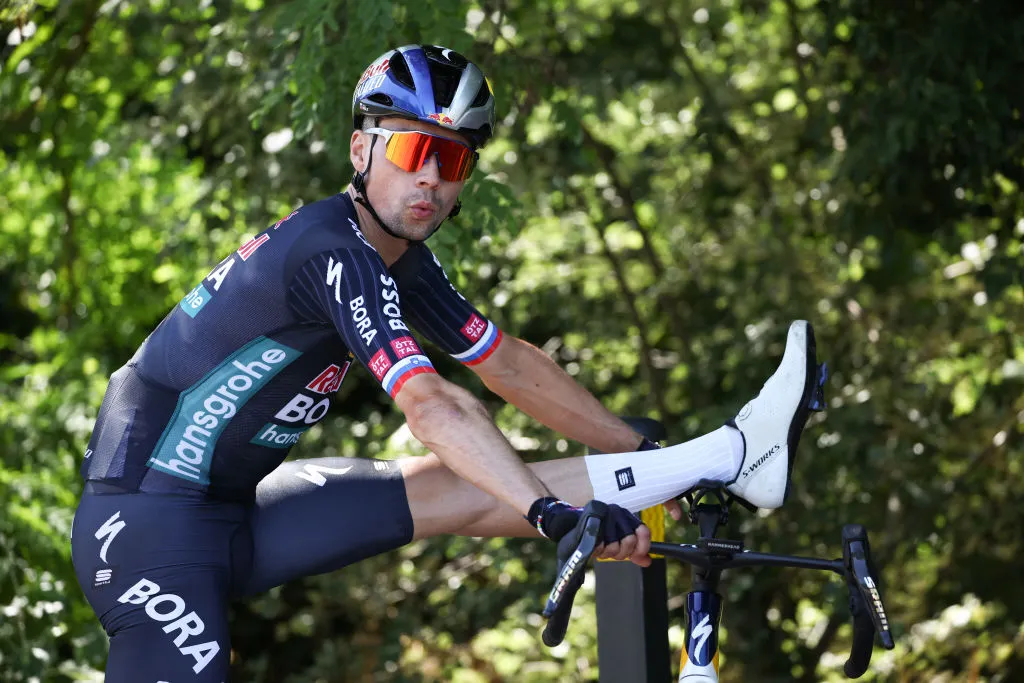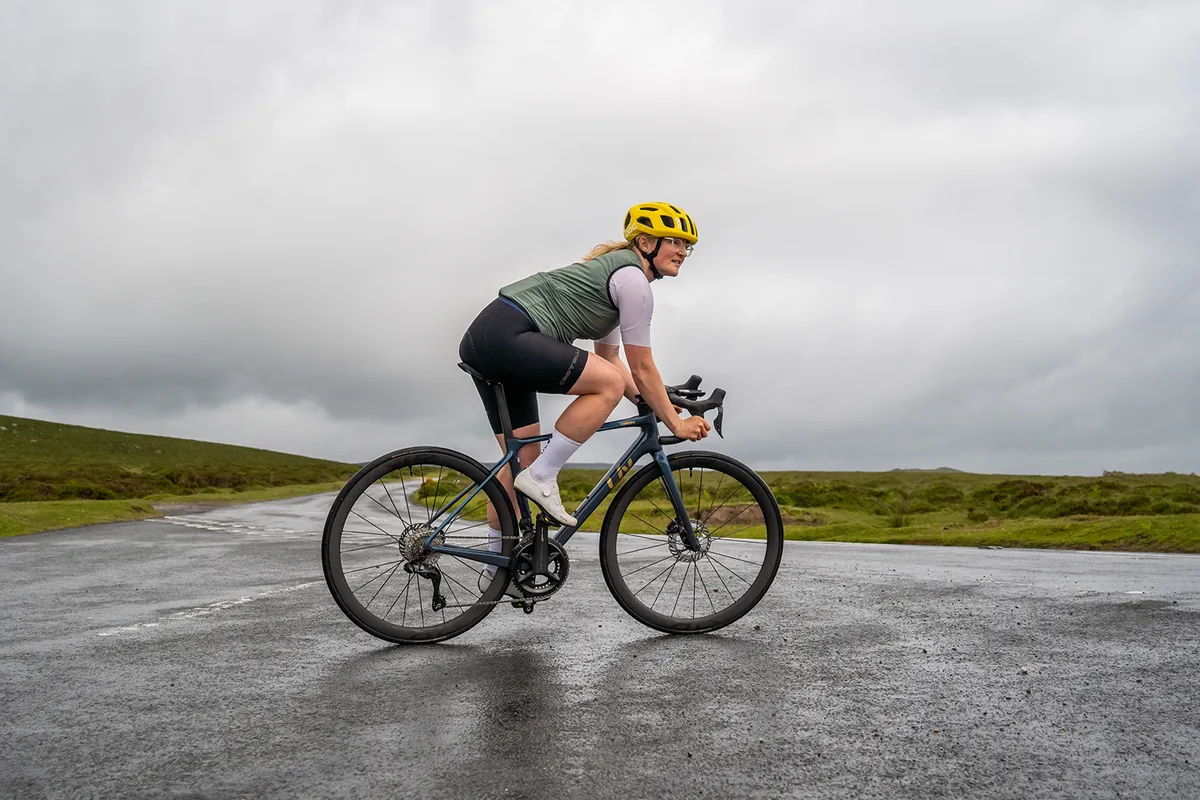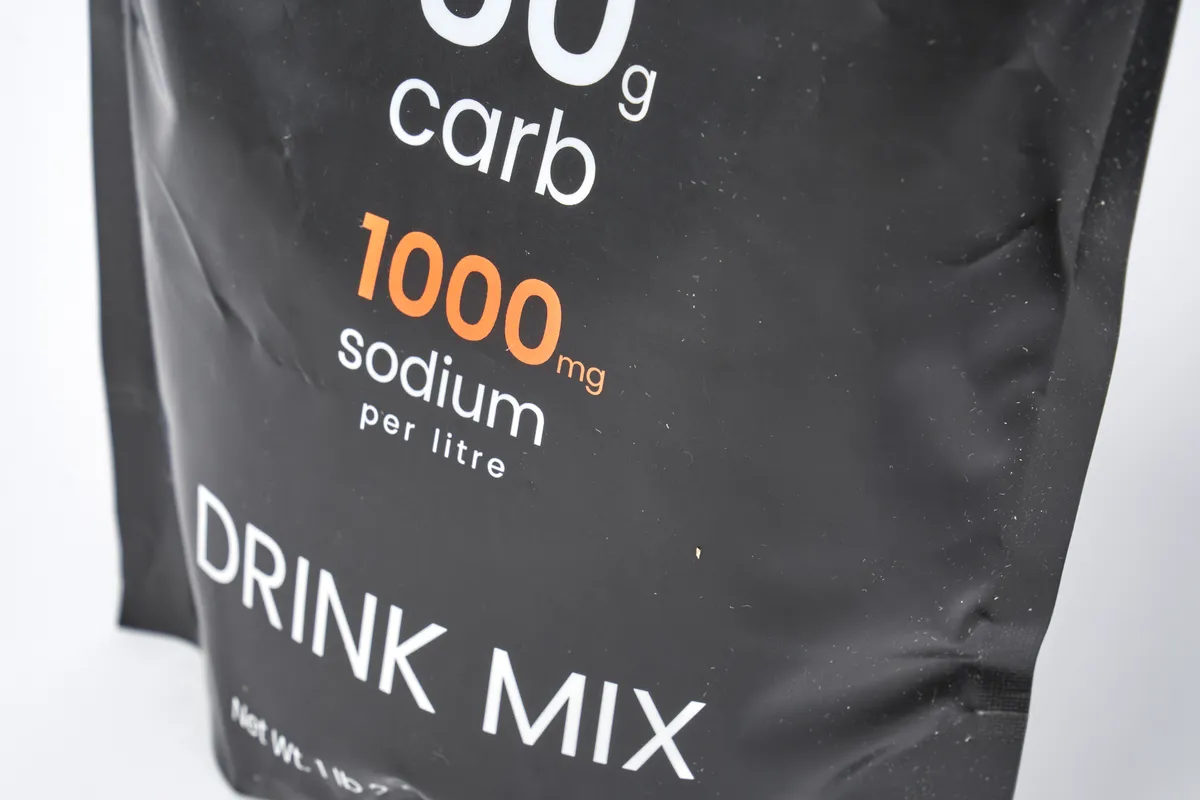Leg cramps during cycling can force you off the bike and even end your ride.
But how do you stop these stabbing pains in your leg muscles during cycling?
In this guide to cramping, we’ll suggest ways to prevent leg cramps, explain what causes them and detail what to do when it strikes.
To offer the best advice possible, we’ve consulted three experts: Dr Nidia Rodriguez-Sanchez from the University of Stirling; Dr Tim Podlogar from the University of Birmingham; and Andy Blow, a sports scientist and CEO of Precision Fuel and Hydration.
What is a muscle cramp?

Exercise-associated muscle cramp (EAMC) is defined as a “temporary but intense and painful involuntary contraction of skeletal muscle that can occur in many different situations”.
Team sports players and endurance athletes are believed to be at higher risk of EAMC.
This can affect a small muscle, such as the calf, or the whole body, as sometimes seen in American footballers and tennis players.
What causes cramps?

Under the label of EAMC, there are probably different types of cramps with their own causes.
The two most popular possible causes are:
- Fluid and sodium loss
- Muscle fatigue
Sodium is responsible for muscle contraction, so some scientists believe that when you lose a lot of salt and water in your sweat, you increase your risk of cramping.
After we become more than two per cent dehydrated, Dr Rodriguez-Sanchez says: “There is some association with higher cramp incidents.
“One of the explanations for cramps is losing a lot of electrolytes, mostly sodium that participates in muscle contraction.”
Everyone’s sweat has a different concentration of sodium. Some hydration experts also think that ‘salty sweaters’ are inherently at higher risk of muscle cramps, especially while cycling in the heat.

Muscle fatigue is believed to be another key cause of cramping.
“They are still a debatable topic, but I feel most research is pointing towards these [cramps] being caused by overexertion coupled with exhaustion and high temperature of the muscles,” says Dr Podlogar, who also works as a nutritionist for the Red Bull-Bora-Hansgrohe WorldTour team.
“They happen when you're really tired and you push yourself harder than you're used to.”
The theory goes that overexertion disrupts the connection between the muscle and central nervous system. This causes the muscles to contract when we don’t want them to, as happens in a cramp.
What can you do about leg cramps
During a cramp

When you cramp while pedalling, it can be impossible to continue.
Stepping off the bike and resting could help if the cramp is caused by muscle fatigue – as can stretching the affected muscle, because tired muscles are typically shorter than usual.
If the cramp is caused by fluid and sodium loss, drinking an electrolyte drink might help once you’ve absorbed the water and salts.
Preventing cramp

You could avoid a fatigue-induced cramp by not overexerting yourself: for example by attempting a century ride without completing a proper training plan.
Gradually improving your cycling endurance before taking on a hard sportive should minimise your risk of suffering this kind of cramp.
There is increasing evidence that lower-body strength training can also lower endurance athletes’ risk of leg cramps.

To reduce your likelihood of cramping due to dehydration, you should stay hydrated on your bike.
Andy Blow says: “I’ve worked with a lot of tennis players who have less problems with cramping when they have a lot of salt and fluid.”
For most cyclists, a standard-strength electrolyte drink will be fine. But if you’re a salty sweater (look out for white stains on your cycling jersey and bib shorts), you might want to opt for energy drinks containing more electrolytes.
